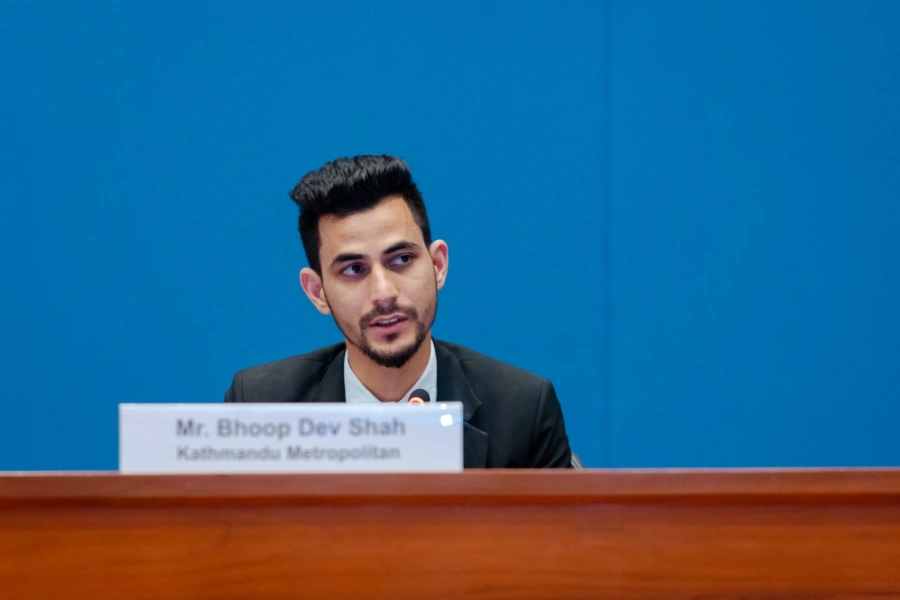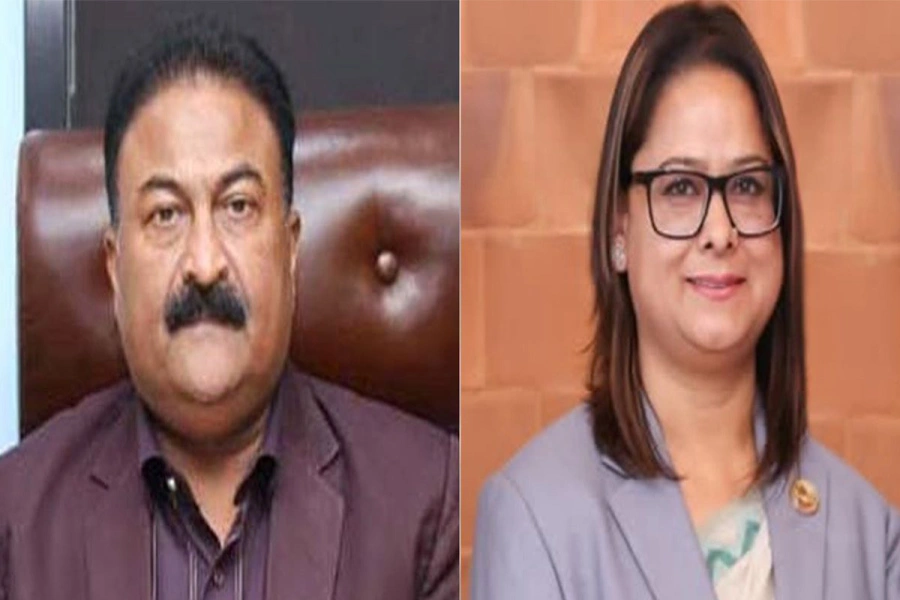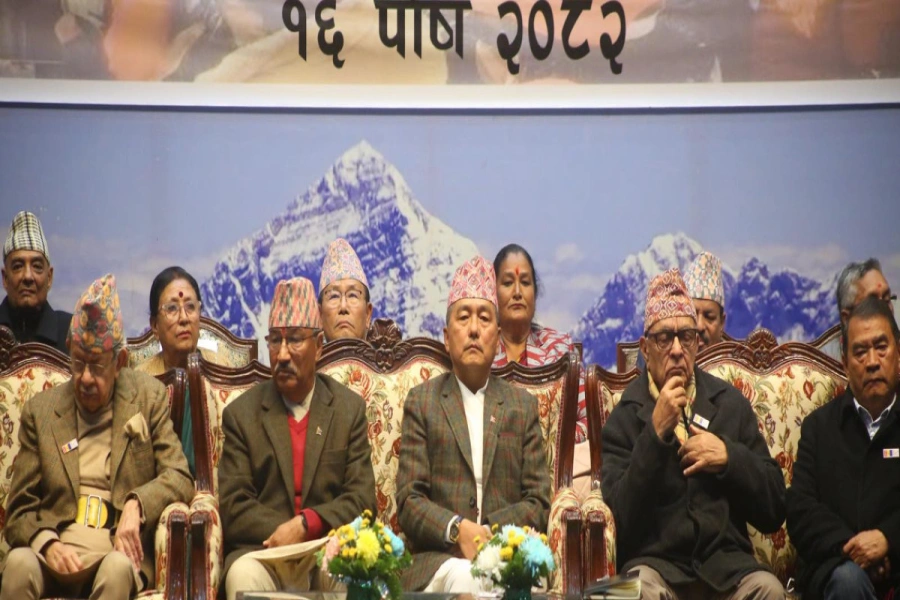Need to earn a living forces the bride and groom out of school
GORKHA, Feb 27: Sunita Nepali, 14, eloped with her boyfriend six months ago. Since then, the sixth grader of Chandi Lower Secondary School, Darbung, has stopped coming to school. The school administration is not aware where she is living now and whether she would resume school someday. A few teachers, however, reported that they heard of her marriage six months ago after which she hasn’t been seen in the school.
A seventh grader at the same school, Gunjaman Thapa married his classmate Nirmala Thapa two months ago. This was an arranged marriage. The parents of both the bride and the groom had taken the two into confidence for this wedding. Post marriage, they also quit the school as they felt ‘shy’ to continue, according to the teachers.
Marriage – cost, preparation and what not

“Though it was their parents who arranged this marriage, both stopped showing up in school. After marriage, some students hesitate to face others. Basically, they feel shy in front of teachers and friends,” said Tej Bahadur Thapa Magar, a teacher. “We keep telling our students that nothing will happen even if they are married, and that they can come to school as comfortably as before. Yet, once they get married, they stop coming to the school,” he lamented.
It is not legal in the country to marry before 20 for males and 18 for females. Moreover, if the marriages below the age bar are arranged, those planning such marriages are subject to a fine and a jail term. However, child marriage continues to take place in the country including in Gorkha. Child marriage is rampant in both the hills and the plains, placing Nepal among the top 10 countries in the world to practice child marriage, according to the UN. Magar meanwhile stated that early marriage in the district is not due to the dowry system like in Madhes, but due to poverty and the lack of awareness. “Child marriage is common basically among the poor and disadvantaged families,” he said.
Interestingly, there are a number of NGOs working in the district to combat child marriage and millions of rupees is spent annually for the cause. However, child marriage is too common in the villages of Gorkha. Magar notes that a lot of children in Gorka get married while still studying at the lower secondary level.
Bimal Shrestha of Bhagawati Secondary School, Darbung, has not been to school for over a month as he too got married. The 16-year-old was studying in grade eighth. Efforts to get him back to the school could not succeed, according to the teachers.
Child marriage is very rampant in Darbung, Ghyalchowk, Bhumilchowk and Makaisingh, among other villages of Gorkha. Due to this, few students complete the secondary level.
“Child marriage is very common in the indigenous communities, Chepangs and other marginalized groups. There are several VDCs where students do not come to school after the 6th or 7th grade as they get married early. Quitting school at such a small age is very disheartening,” remarked Ekman Shrestha, principal of Bhawani Lower Secondary School. “For instance, in the 3rd grade, we always have over 40 children. In lower secondary level, it is difficult to have even 15. Just imagine!” he added.
While marriage is the biggest reason behind the decline in the number of students, some quit school also for labor, according to Shrestha. Poverty hits so hard on the kids that they do not remain in the position to continue going to school, he said. “In fact, they do not take early marriage negatively. But it is not only because of the wedlock but also because of the search for jobs that some children stop coming to the school,” Shrestha noted.
In the Chepang community, marrying below 12 years of age is very common. After marriage, both the bride and the groom start earning a livelihood through labor works. However, early motherhood very quickly takes its toll on the mothers’ health, Shrestha said. “The children are ignored by their own parents. Later, when the children become parents, they ignore their kids due to the lack of resources and awareness. This has been going on for generations. Education does not come easy for the poor,” he further elaborated.
Preventing early marriage and increasing student enrollment needs a great deal of effort, says DSP Birendra Thapa, adding that they don’t receive complaints against child marriages unless there’s a dispute. “People readily accept child marriage here. They don’t complain to us. We are notified only when there is dispute over something after the marriage. In order to control child marriage, the root causes must be hit,” he said.



































